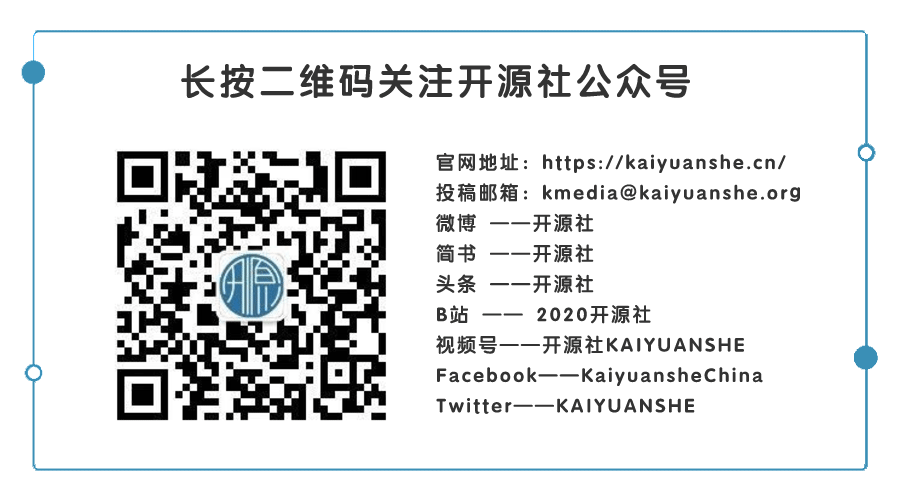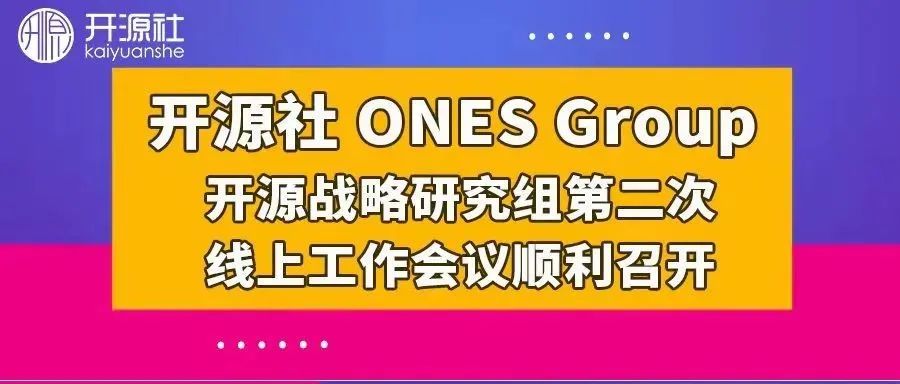

| Author: Masakazu Takasu
| Editor: Jin Xinyue
| Design: Song Chuanqi
------Japanese (click to read the original text to view)------------
The 2019 version is the first to translate the Japanese version of Kaigensha's China Opening Year Report, and this 2021 version will be the third year. China's open source movement has made great strides in the last three years. You can follow the progress in each report for three years.
One web page was enough for the 2019 report, which introduced the age group of Chinese open source users. The 2020 report will be a 69-page PDF, with data analysis on GitHub and visualization of China's commitment to open source around the world. At the same time, there was a page for open source foundations and open source startups in China, and there was a new trend in China.
In other words, the 2019 edition is a report that should be read by those who are interested in the Chinese open source world, and the 2020 edition is a report that should be read by those who are interested in modern China.
Based on that, the 158-page 2021 version of the report can be said to be "a report that should be read by anyone who is interested in the current digital society, not just in China."
In addition to the content of the report so far, experts have selected the top 10 open source news from around the world this year, and in addition to new movements in China such as RISC-V, Muran PSL license, and the Open Source Foundation in China, FSF of RMS The addition of verified commentary from non-parties about the story of the return and the rights processing of Amazon and Elastic, Apache Doris and Google, etc., goes beyond the boundaries of China and is of value to any open source enthusiast. There is.
Furthermore, the arrangement of YUNQI CAPITAL for open source commercialization cannot be read in other reports, and I think that it is necessary knowledge anywhere in the world to do business in this digital society.
One of the slogans of Kaigensha, which I am one of the members (the only international member so far), is "Contribution from China to open source in the world".
Being able to read this report in languages other than Chinese is clearly a major contribution to the Japanese open source world.
Masakazu Takasu (TAKASU Masakazu)
open source society
March 15, 2022
------ Chinese ------------
I translated the Japanese version of the open source report "China Open Source Annual Report" for the first time in 2019, and this edition in 2021 is my third year of translation. The open source movement in China has come a long way over the past three years, and you can trace that progress in every report for those three years.
The 2019 report is enough for one web page and introduces the age group of Chinese open source users. The 2020 report is a 69-page PDF with data analysis from GitHub that visually demonstrates the commitment to open source from China to the world. Below is a summary of the study's findings.
In addition, there are several pages about open source foundations and open source start-ups in China, with a new Chinese trend.
All in all, those interested in the open source world in China should read the 2019 report, and those interested in contemporary Chinese society and business should read the 2020 report.
Based on this, if we were to describe the 158-page 2021 report in a few words, we would say it is a must-read report for anyone interested in the current digital society, not just in China.
The 2021 edition also includes content from this year's top 10 open source news from around the world as selected by various experts. These include new developments in China such as RISC-V, the Muran PSL license and the China Open Source Foundation.
This medium goes beyond China and is valuable to all open source enthusiasts. As well as various stories and non-party verified comments surrounding RMS' return to the FSF, joining Amazon and Elastic, Apache Doris and Google's rights handling.
In addition, Yunqi Capital's organization of open source commercialization is something you won't see in any other report. It is the organizational insight necessary to do business anywhere in the world in this digital society.
I am one of the members of Open Source (the only international member so far), and one of the slogans of Open Source is "Contribute to Global Open Source from China".
Making this report into a language other than Chinese would be an outstanding contribution to the open source world in Japan.
Masakazu Takasu (TAKASU Masakazu)
open source society
March 15, 2022.
------ English ----------
I first translated the Japanese edition ofKaiyuan's China Kaiyuan Annual Report in 2019, and this 2021 edition is thethird year I have translated it. China's open-source movement has made longstrides over the past three years, and you can trace that progress in each ofthe three years' reports.
The 2019 report was sufficient for one webpage and presented the age groups of Chinese open-source users. The 2020 reportis a 69-page PDF, with data analysis for GitHub, visualizing the commitments toopen source from China to the world. The following is a summary of the resultsof the study.
In addition, pages were devoted to opensource foundations and open-source start-ups in China, where there was a newChinese trend.
In a nutshell, the 2019 report should beread by those interested in the open-source world in China, while the 2020report should be read by those interested in contemporary Chinese society andbusiness.
Based on this, if we were to describe the158-page 2021 report in a few words, we would say that it is a report that mustbe read by anyone interested in the current digital society, not just in China.
The2021 edition also includes a variety of experts who have selected the tenbiggest open-source news stories from across the world this year. Such contentsinclude new developments in China such as RISC-V, the Muran PSL license, andthe China Open Source Foundation.
This medium goes beyond China and is ofvalue to open source enthusiasts as a whole. As well as various storiessurrounding RMS's return to the FSF and Verified commentary from non-parties isadded on the rights handling of Amazon and Elastic, Apache Doris, and Google.
Furthermore, YUNQI CAPITAL's organizationof open source commercialization is something you won't read in any otherreport. It is a necessary insight for doing business in this digital society,anywhere in the world.
One of the slogans of Kaiyuan, of which Iam one of the members (and so far the only international member), is"Contribution to global open source from China."
Making this report available in languagesother than Chinese would be an outstanding contribution to the open-sourceworld in Japan.
TAKASUMasakazu
Related Reading | Related Reading
Spring is blooming, and we welcome the future together: the first quarter meeting of the Open Source Advisory Committee was successfully held!
Official announcement! 2021 China Open Source Annual Report Shocking First Release! A report takes you to understand China's open source 2021~
ONES Group - The second online working meeting of the Open Source Strategy Research Group was successfully held

This article is shared from the WeChat public account - Kaiyuanshe KAIYUANSHE (kaiyuanshe).
If there is any infringement, please contact [email protected] to delete it.
This article participates in the " OSC Yuanchuang Project ", you are welcome to join and share with us.


